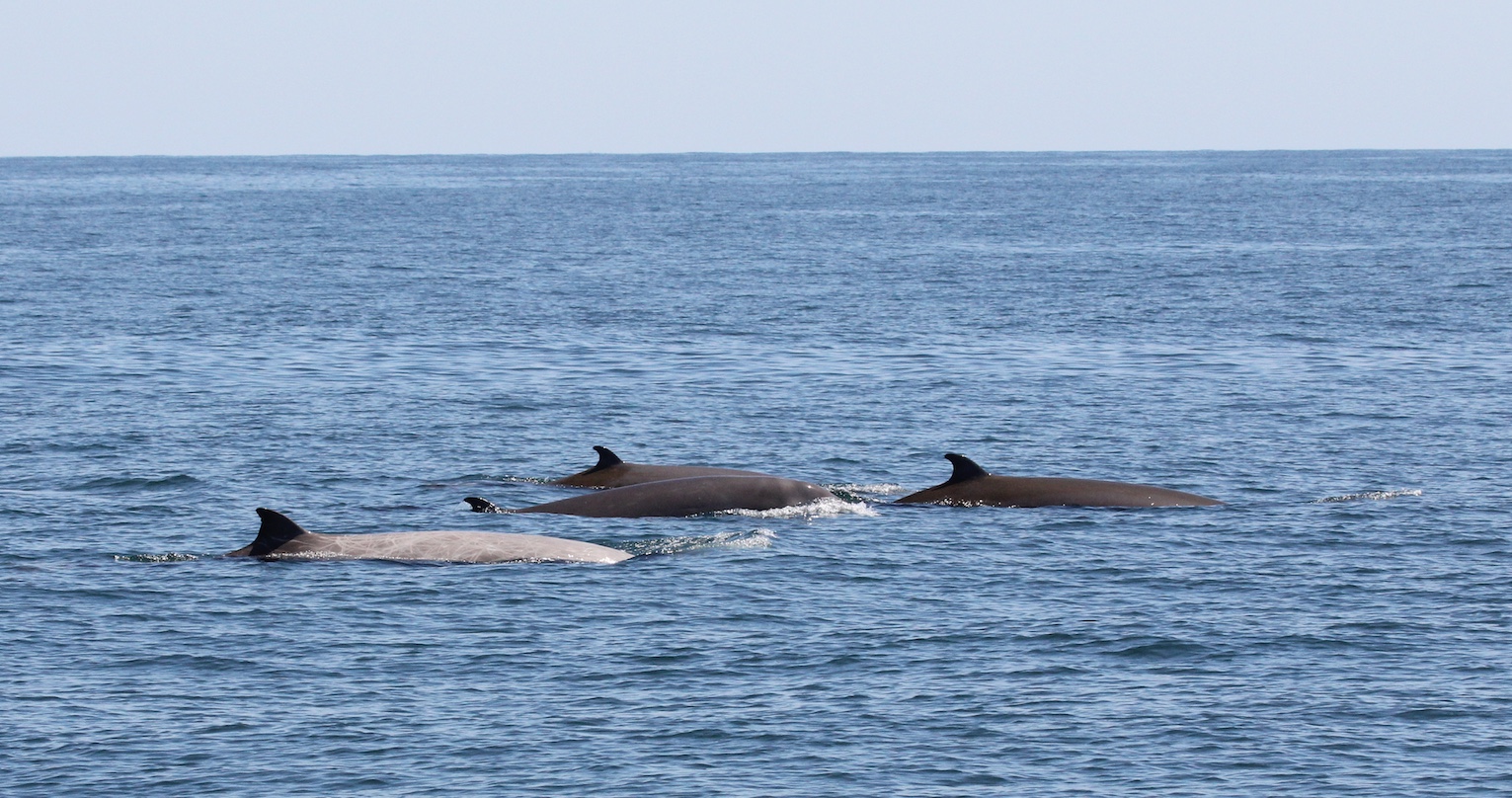Joy is coordinating a new passive acoustic monitoring project to detect North Atlantic right whales (Eubalaena glacialis) migrating past Cape Hatteras, North Carolina, during their seasonal movements to and from breeding grounds in Florida. This is a collaborative effort between research partners at Duke University, NOAA’s Northeast Fisheries Science Center (http://www.nefsc.noaa.gov/psb/acoustics/), and Cornell’s Bioacoustics Research Program (http://www.birds.cornell.edu/brp/).
North Atlantic right whales migrate along the U.S. east coast between winter breeding grounds off Georgia and Florida, and summer feeding grounds off the northeastern U.S. and Canada. Intensive research and monitoring efforts are focused on the feeding and breeding grounds of this highly endangered species, but very little is known about the movement patterns of right whales during migration.
The objective of this project is to investigate the timing of right whale migration through the Mid-Atlantic region, as well as the relative distance from shore and acoustic behavior of migrating whales. Five marine autonomous recording units, or “pop-up” buoys, were recently deployed across the continental shelf off Cape Hatteras, extending out to the shelf break.
These bottom-moored instruments will collect continuous, low-frequency acoustic recordings for 4-5 months. After retrieval, we will extract the data and analyze it for right whale calls. We will deploy a second set of pop-ups in the same region during the spring. In addition to North Atlantic right whales, other baleen whale species may also be recorded, including humpback, fin, and minke whales.







